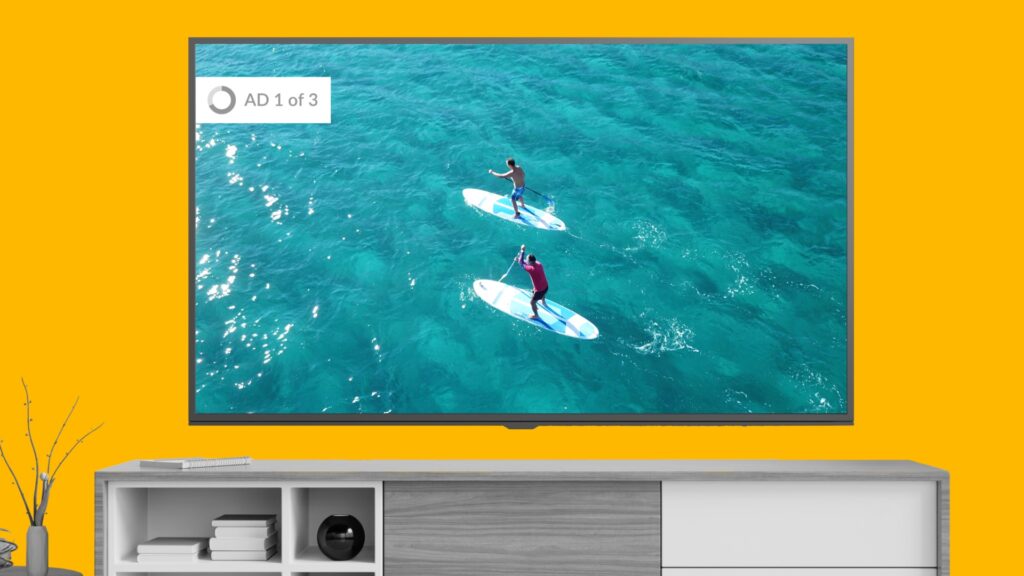CTV Retargeting 101: Complete Guide for TV Advertisers
by Frankie Karrer
8 Min Read

7 Min Read
SVOD, AVOD, TVOD—there are so many acronyms to remember when viewers just want to keep track of their favorite characters and shows.
TV viewership has changed drastically in the past few years (goodbye cable cords, hello wireless viewing). However, it’s going to keep changing as different platforms fight for viewers and struggle to become profitable, particularly in the face of economic uncertainty and an audience that may not want or be able to keep spending top dollar for an increasing number of services.
If you’re looking to make sense of the new TV landscape, read on.
Subscription Video On Demand (SVOD) is a model of media distribution where consumers pay a recurring fee to gain unlimited access to a streaming platform’s content library, ranging from films to TV shows.
SVOD works by enabling subscribers to view this content at any time and from any device with internet connectivity, offering a high degree of convenience and user control over the content selection and viewing schedules.
SVOD services are the leaders in the Connected TV (CTV) space. SVOD services include:
The pros of SVOD are simple:
Advertising Video On Demand (AVOD) is a media distribution model that provides free or reduced-cost streaming services to viewers, who in return are shown advertisements during their viewing experience.
AVOD works by leveraging the revenue generated from these advertisements, allowing platforms to offer content at no cost to the user and enabling advertisers to reach a specific audience segment based on their viewing habits and preferences.
Some prominent AVOD platforms include:
AVOD’s pros are as follows:
Transactional Video On Demand (TVOD) is a media distribution model where viewers pay for each individual piece of content they choose to watch, similar to the traditional rental or purchase of movies or television episodes.
TVOD works by providing a wide selection of content to users who can then selectively purchase or rent what they want to watch, thus offering high-quality content without needing a subscription or viewing advertisements.
So, just for the sake of clarity, let’s summarize the key differences between each video-on-demand service.
CTV stands for “Connected TV.” On CTV, content is streamed solely via TV screens that are connected to the internet. CTV streaming devices can include Rokus, Apple TVs, and Smart TVs.
OTT stands for “over-the-top,” meaning content that comes over your cable box via the internet rather than through a cable or satellite. Content may be watched on any device that has a connection to the internet—mobile, tablets, desktops—but more and more, people are shifting back to the TV screen in their living room.
Related: TV Advertising Campaigns: How Television Marketing Works
Discover the power of MNTN Performance TV, a leading performance marketing platform that transforms your advertising strategy. Our automated campaign optimization ensures you get the most out of your ad spend, driving unparalleled results and efficiency. With our Verified Visits™ technology, you can be confident that every visit is accurately tracked and contributes to your business goals.
Access premium CTV inventory and elevate your brand’s visibility like never before. MNTN Performance TV offers you the tools to reach your target audience with precision and impact. Request a demo to get started!
Compared to a handful of basic cable and network options in the old days, viewership could be seen as fragmenting with so many SVOD, AVOD and TVOD options. On the plus side, however, there’s a captive audience to be found at home watching SVOD, AVOD and TVOD content.
Viewers’ dependency on streaming services has only increased in recent years. That viewership may change with trends favoring one service or another, but the demand has certainly increased and shows no signs of reversing soon.
With a nimble partner, you can conquer the world of OTT and CTV, turning audiences’ hunger for quality content into a performance marketing channel of unprecedented power.
Subscribe to the report Apple, Amazon, NBC and more use to get their CTV news.